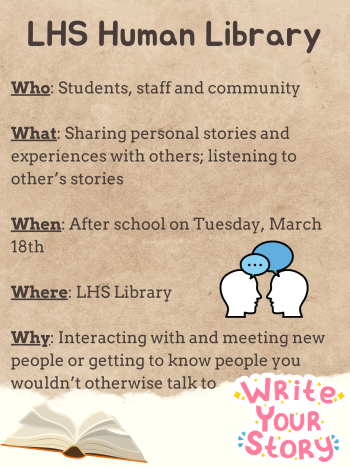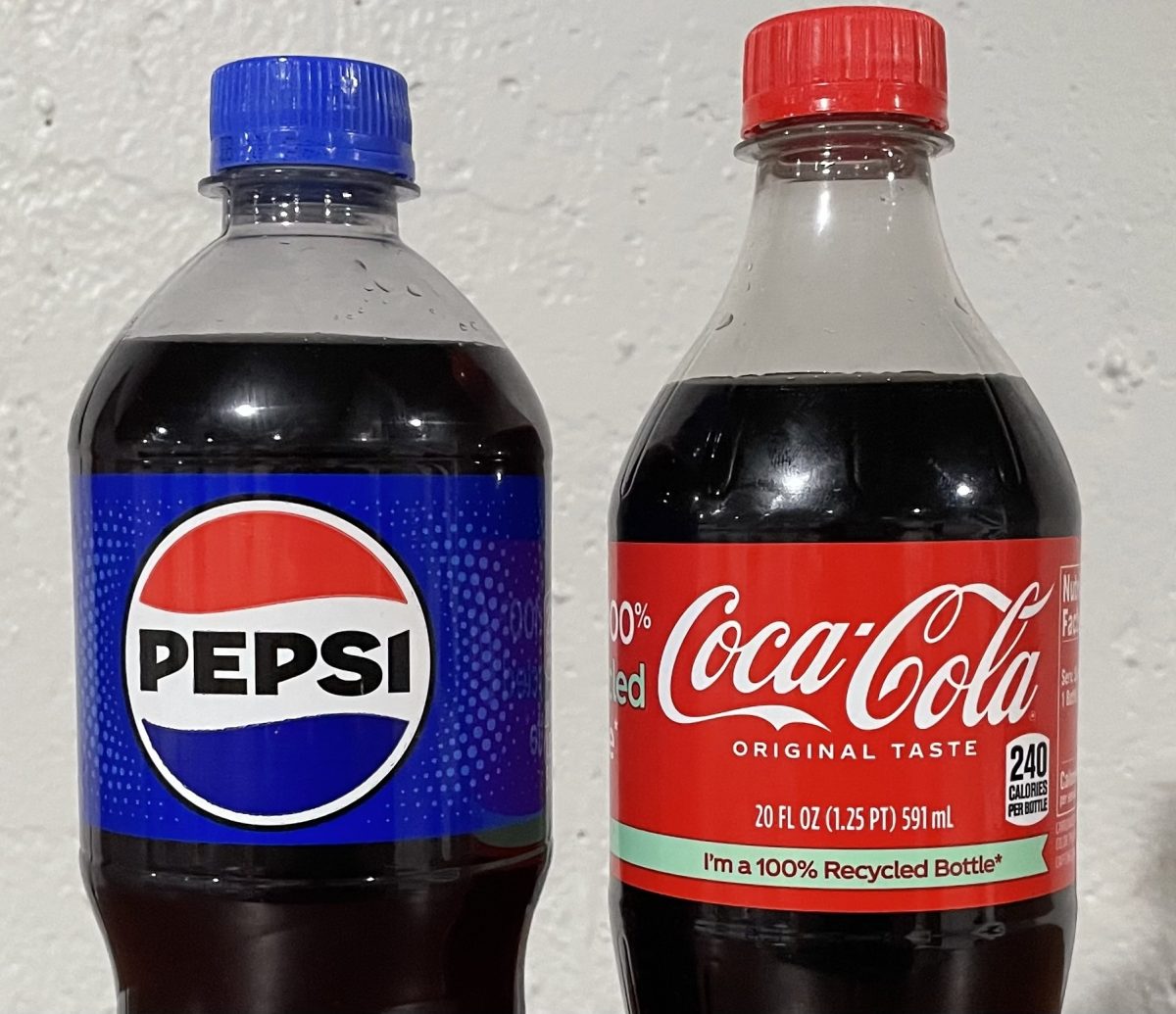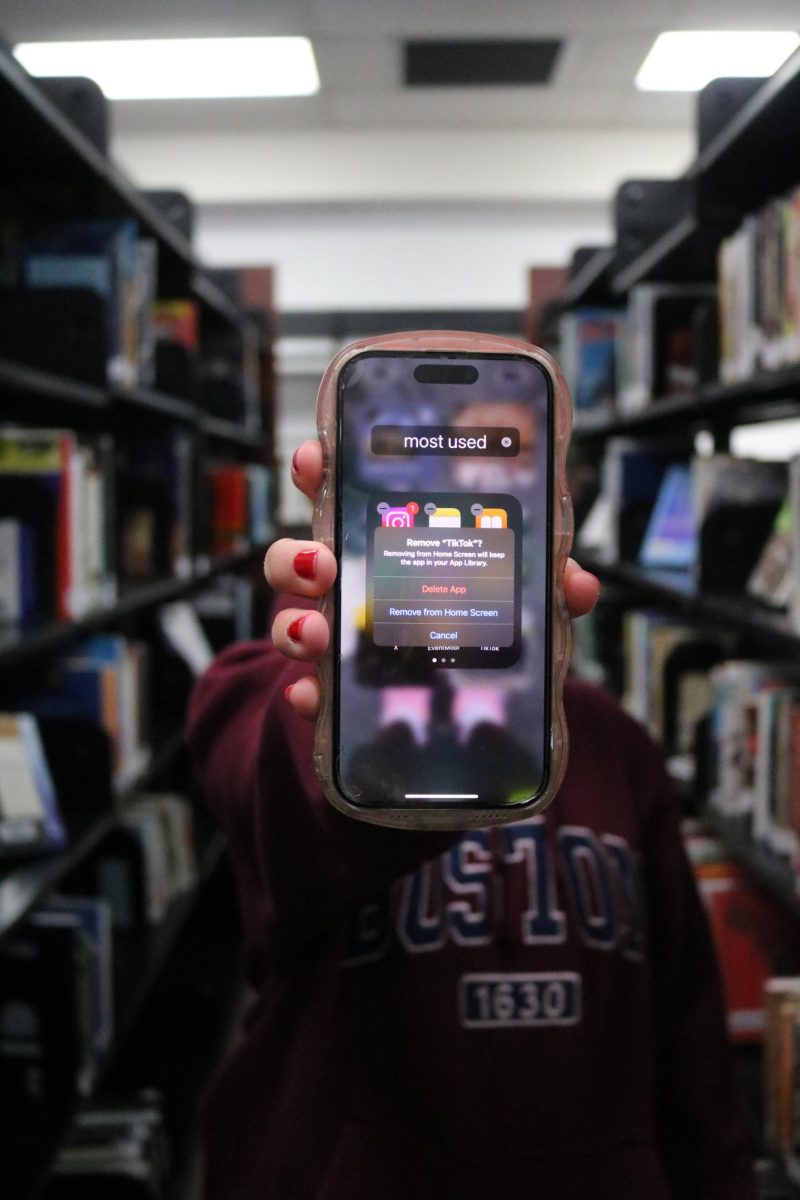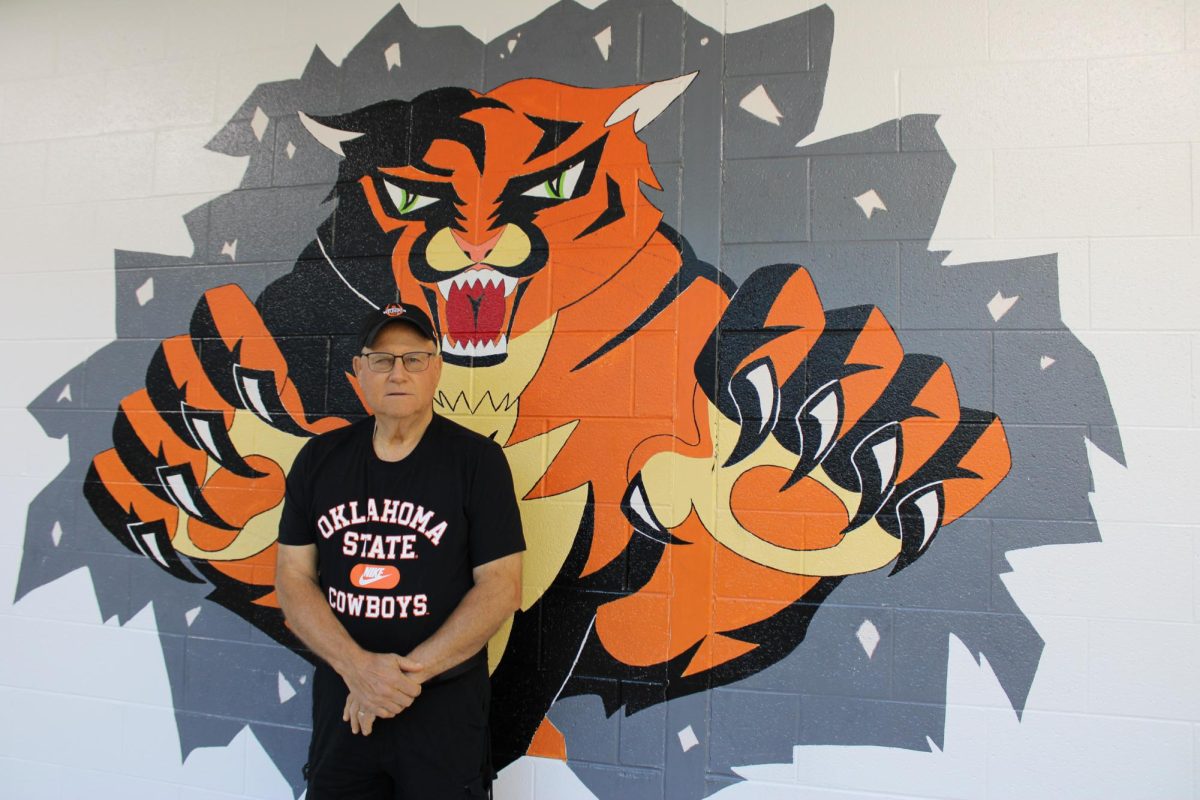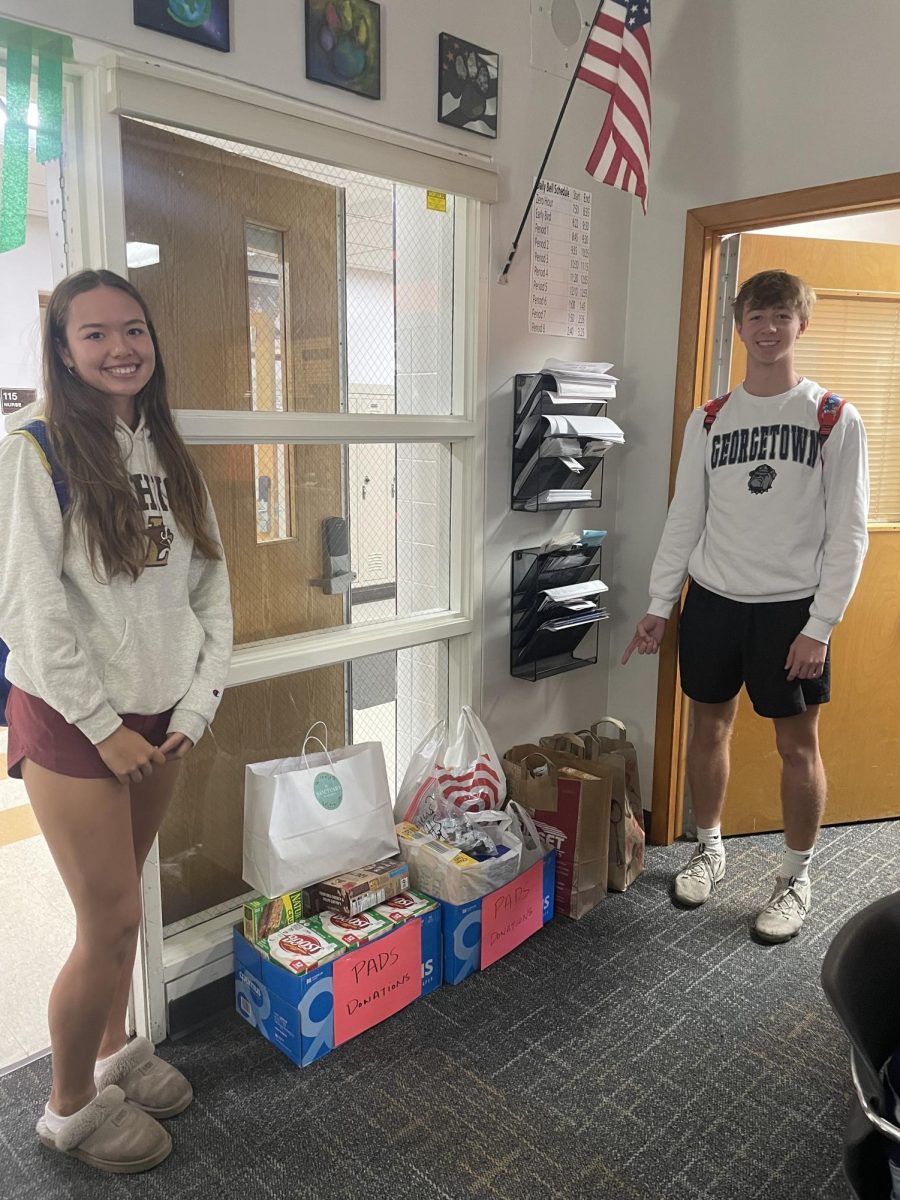On Wed. March 8, the CRC hosted its second Cats to College event of the year. The purpose of this event was for juniors and their parents to be able to hear different admissions representatives talk about subjects related to the college search.
The event started with an introduction from Ms. Amy Belstra, the CRC counselor. She described how the college search process was a “rite of passage” for rising seniors and what students should look for when trying to choose a school. She stated that it was important to find each person’s individual “fit” and for students to drive the search process.
Ms. Belstra also stressed that students should “aim for a list of first choices,” instead of just a few first choices and more second choices. Ms. Belstra also strongly believes in the concept of foundation schools, instead of safety schools, where a student wants to attend the school in addition to being able to afford and get into that school.
Most importantly, Ms. Belstra said that this is one of the first times students will be making a big decision for themselves, so she thinks it is a good time for students to reflect and think about the future.
After Ms. Belstra’s introduction, the main portion of the event started. The event had six different sessions that families could attend during two different halves, each half having three sessions, which would allow people to attend two different sessions in total. The sessions were held in the auditorium, the studio theatre, and room 157, which is connected to the cafeteria.
One of the major sessions during the first half was “Public vs. Private: Finding Your Fit,” which was hosted by Mike Melinder, an admissions representative from the University of Iowa, and Megan O’Rourke, an admissions representative from Marquette University.
The main purpose of this session was to get juniors to think critically about what they want to get out of their college experience and what will work best for the student and their family.
Like Ms. Belstra, one major thing Melinder and O’Rourke stressed was fit, which they broke into three categories: academic, social and financial. To them, the ideal school is one that fits all three of these needs.
With this in mind, they emphasized the importance to parents of getting financial information out in the open as soon as possible so that can be taken into consideration when students are researching schools.
Melinder and O’Rourke spent a good portion of time discussing differences in small schools and big schools. While there are clear differences between the two, there are a substantial number of similarities.
Both school sizes will end up having class sizes of 20-30 students when students get substantially into their majors. Both have interesting clubs, although big schools will innately have more. Both have opportunities to make connections and get involved, although, as O’Rourke described, at a small school it is more like being “a big fish in a small pond.”
They explained how there isn’t a right or wrong answer to any of these points; it just depends on the student.
One of the other sessions during the first half was “College Search Sanity Starts at Home,” which was led by Carin Smith of Lawrence University. The purpose of this session was to teach families how to navigate the college search process without accumulating too much stress
The last of the three sessions during the first half was “Liberal Arts & Sciences Colleges = 21st Century Skills.” This session had Sarah Goldman from Albion College talk about the benefits of a liberal arts college and why it might be the best choice for students.
The second half of the event saw three new events introduced. The major one in this half was “Admissions Unplugged: The Process at Public Universities,” which had a panel of admissions representatives from different public schools answer different questions based on their admission processes. The panel consisted of Kelli Allen of Iowa State University, April Ponte of University of Illinois and Josephine West of The Ohio State University.
The first part of the session had the different representatives comparing their different admission processes. For example, Ohio State is the only one of the three on the Common Application. Iowa State used a formula instead of a holistic review to decide admission. Only Ohio State requires a transcript to be sent to the school at the time of application.
Both Ponte and West discussed memorable essays they had read in addition to giving advice about essay writing. West said to make sure students talk about themselves in their essay and to avoid talking about sports, as that is an overused cliche in writing.
There was also an overall consensus that being creative is the best way to make an impactful essay that stands out to the readers. They suggested using a unique format if a student thinks of it, as it is almost always a good risk.
The representatives were then given a series of case studies that showed hypothetical students applying for colleges and included general information that would be included in an application. From there, the representatives went on to describe what they noticed about the applications, what would be important to the school themselves, and if that student would get into their respective school.
This exercise was meant to show students what the schools actually look like when they review applications. It helped give students and parents insight into the whole review process.
The other sessions during the second half were “The College Road Trip: Planning the Perfect Campus Visit,” where Sylvia Hernandez of Michigan State University and Ziggy Blackwell of Illinois College discussed how to get the most out of a college visit, and “Applying to Highly Selective Colleges,” which had Quinton Clay of Cornell University discuss what a highly selective college actually looks for in an applicant.
The next big event hosted by the CRC will be the Financial Aid Workshop on Wed., March 15, intended for juniors and seniors and their families.



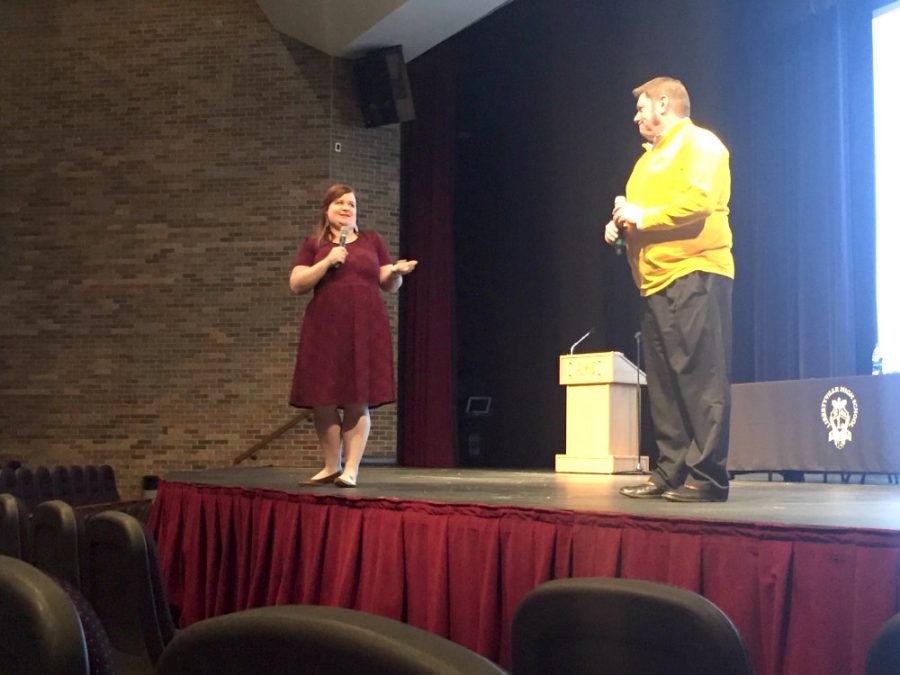
![Mr. Abullh Ali, manager/assistant, helps open Queen Yemeni Coffee in downtown Libertyville at 606 North Milwaukee Ave. With the help of employees such as manager and LHS senior Yousef Taha, they are able to bring the Yemeni and Ethiopian culture to Libertyville by using their Queen spices, cinnamon and cardamom in their drinks such as Adani Chai, which is inspired by Sheda, the Queen of Yemen and Ethiopia. “The history of our coffee [is] a long history and we believe that Yemen and Ethiopia started the coffee and we are bringing something unique to the community,” Mr. Ali said.](https://www.lhsdoi.com/wp-content/uploads/2025/04/Photo-1-1200x800.jpg)
